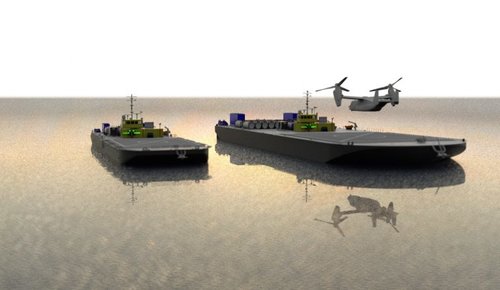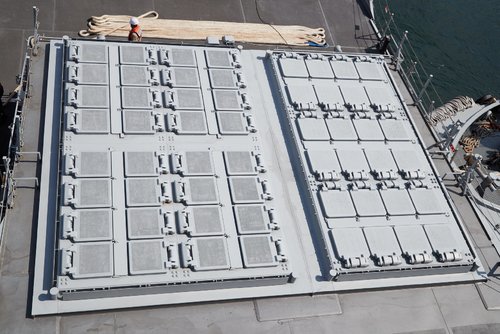marauder2048
"I should really just relax"
- Joined
- 19 November 2013
- Messages
- 3,157
- Reaction score
- 926
The truth hurts sometimes and I was hoping these peace deals would give everyone a tempo reprieve.
Our Greatest National Security Threat is Our National Security Establishment
When David's article went up Sunday , I was amazed; amazed at the audacity of arrogance and betrayal. Since we, yes we, caused the unnecessa...cdrsalamander.blogspot.com
The fundamental issue is that no combatant commander will ever say "I have enough airpower, thank you."










